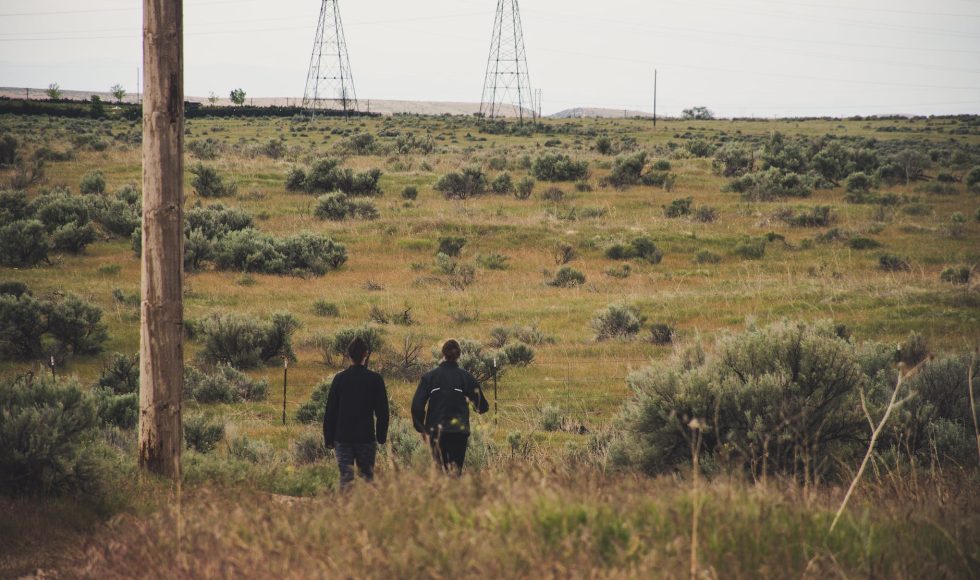Tonight I watched the entire London Calling 2023 Showcase Stage on Conservation. The first speaker was Luca Pandolfini from the Italian Institute of Technology in Italy who presented on “From genome assembly to epigenome characterisation: a nanopore journey in the footsteps of an endangered tortoise.” I remember this session! They worked on Pyxis arachnoides, a small tortoise that is critically endangered. It comes from Madagascar and its habitat has been threatened by human actions. Determination of sex and genotypic features ia important for conservation. This tortoise has a non-chromosomal, temperature-dependent sex determination system. Pandolfini and team used HMW gDNA from cryopreserved blood from three males and three females. They used the ligation sequencing kit (LSK) both 110 and 114 versions. Sequences were complemented with Pore-C. The genome was assembled in less than four months, and Pandolfini shared that the genome was in line with other relatives of this tortoise. The genome sequencing project allowed the identification of promoters and methylation patterns. This work will be useful to find a less invasive way to learn about this organism and continue conservation efforts. Matthew Miller from Reneco International Wildlife Consultants in the United Arab Emirates presented a session entitled “How much is enough? A low-cost, rapid approach to generate non-model genomes for biodiversity and conservation genomics.” Their genomics work is focused on understanding population genomics by producing reference genomes. Miller noted that every genome is a model, and no genome is perfect. They shared a map from the 1500s that was “good enough” to navigate. The team Miller works with has generated genomes from sequencing to draft genome in a couple of days with a team of two or three. The genomes they produce have long scaffolds. Their approach is scalable and they seek to sequence native species in the Red Sea. The third panelist is Phoebe Oldach from Basecamp Research in the UK. Their presentation was on “Building a comprehensive knowledge graph of novel proteins with long-read metagenomic sequencing and global partnerships.” They spoke about the need for an improved “protein landscape.” Basecamp is producing “a global data supply chain from all biomes.” They are applying novel algorithms to learn about protein diversity. Basecamp builds partner labs in different countries to learn about the biodiversity. Oldach and team have many more explorations planned. Their database is now greater than that of NCBI in terms of protein variety!? Oldach spoke about improving and learning from nature. Miller noted the unique environment of the Red Sea that is “hot and saline” and learning about the diversity there. Pandolfini explained that with Nanopore technologies field and lab work have become more intertwined. Miller was asked how they approach challenging fish and bird genomes that tend to be “blocky” and affect pore availability. Miller has been using heat shock to remove some DNA structure. They are also working with Nanopore and fragmentation conditions. Miller was excited about doing low-pass coverage for bird genomes. Oldach explained that the goal of Basecamp is to find proteins to license out to companies. The transcriptomics data is very valuable for this goal. Oldach is also excited about protein sequencing in the future. Watching the panelists interact was energizing as they were all excited about opportunities to use sequencing and genomes for conservation and discovery. I would like to work on conservation efforts too!



